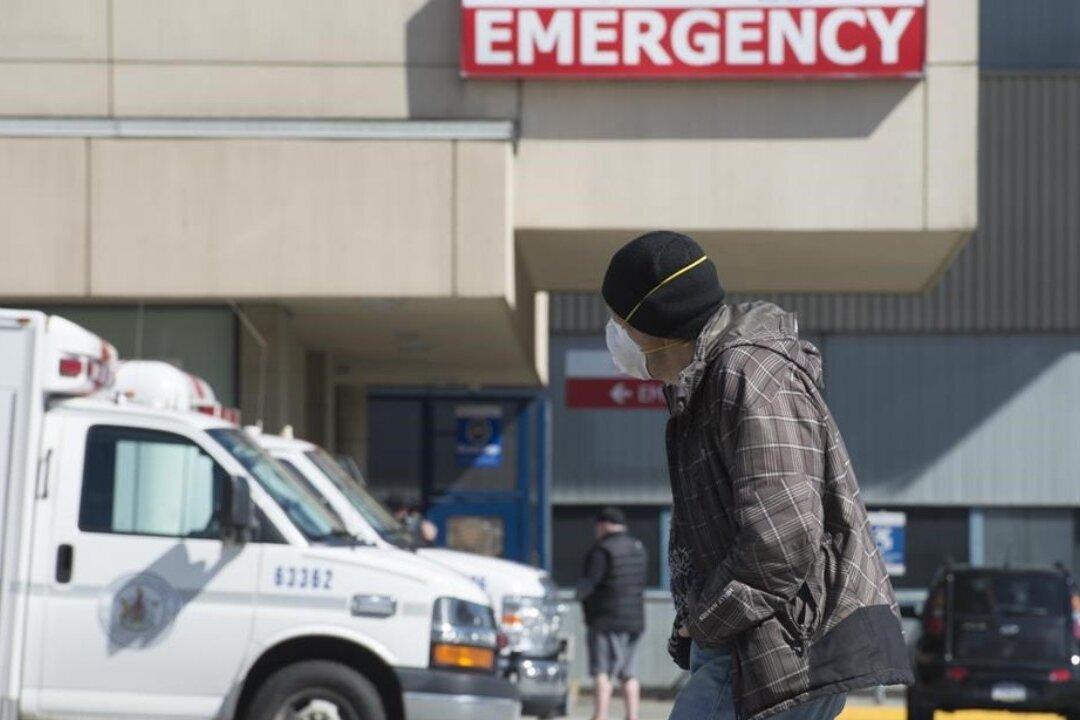New data from Ontario Health indicates that the number of patients who died waiting for surgery in 2022–2023 is up 49 percent from 2021–2022.
SecondStreet.org, a non-profit think tank, revealed Aug. 15 that almost 2,100 patients died while awaiting surgery, based on information gleaned from an access to information request.





